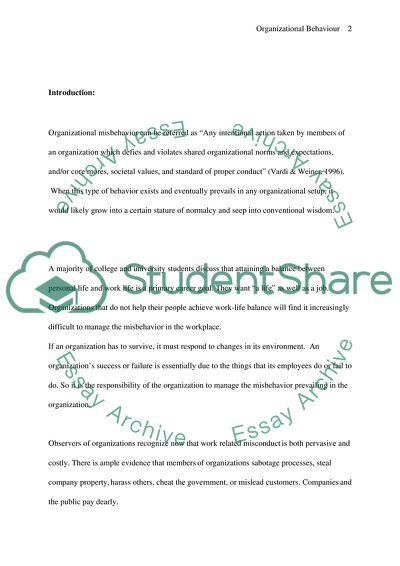Cite this document
(“Organizational Behavior and Its Influence on Company Research Paper - 5”, n.d.)
Organizational Behavior and Its Influence on Company Research Paper - 5. Retrieved from https://studentshare.org/human-resources/1722617-research-paper
Organizational Behavior and Its Influence on Company Research Paper - 5. Retrieved from https://studentshare.org/human-resources/1722617-research-paper
(Organizational Behavior and Its Influence on Company Research Paper - 5)
Organizational Behavior and Its Influence on Company Research Paper - 5. https://studentshare.org/human-resources/1722617-research-paper.
Organizational Behavior and Its Influence on Company Research Paper - 5. https://studentshare.org/human-resources/1722617-research-paper.
“Organizational Behavior and Its Influence on Company Research Paper - 5”, n.d. https://studentshare.org/human-resources/1722617-research-paper.


